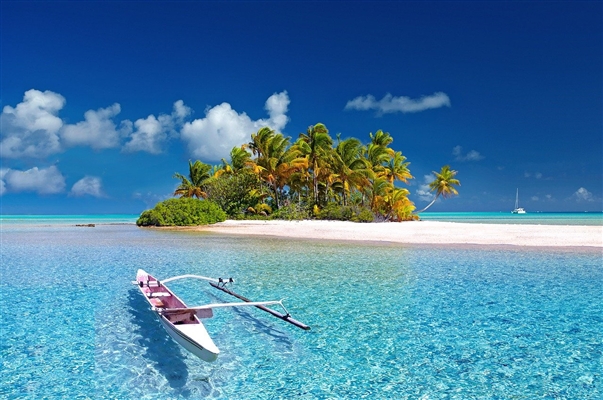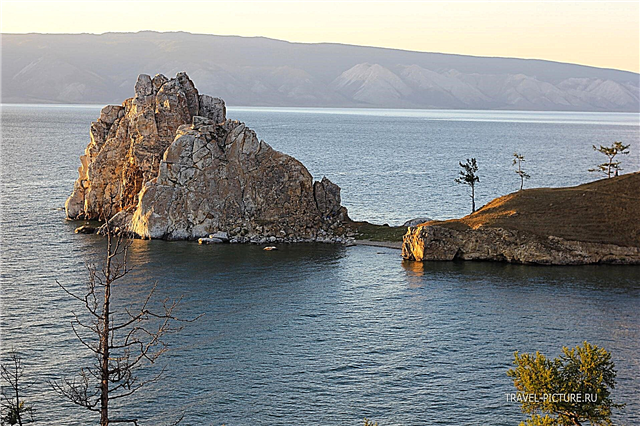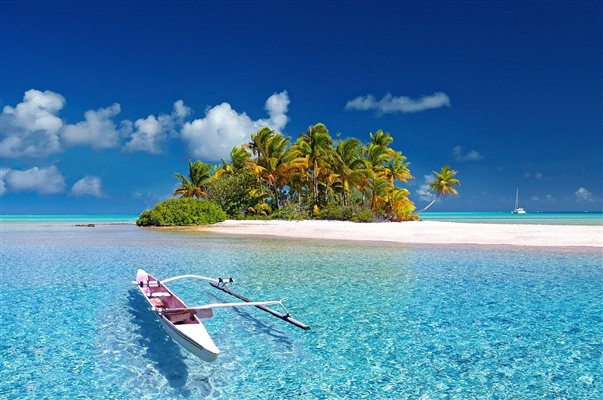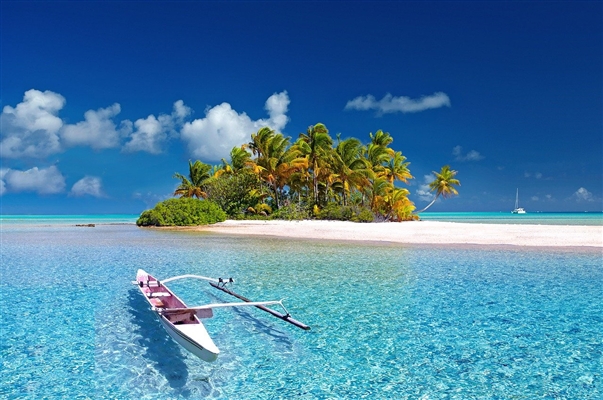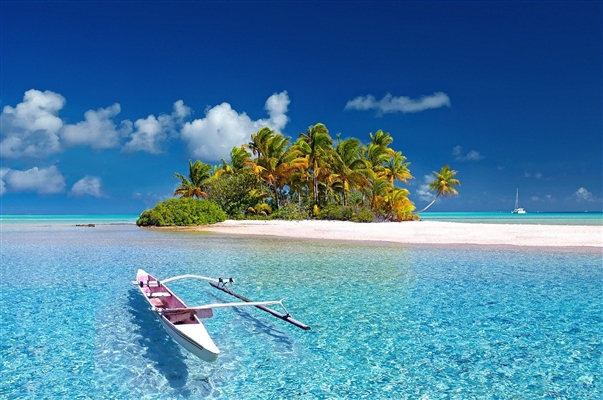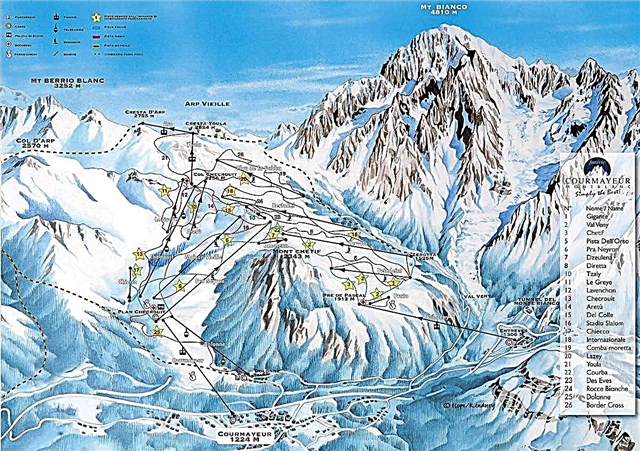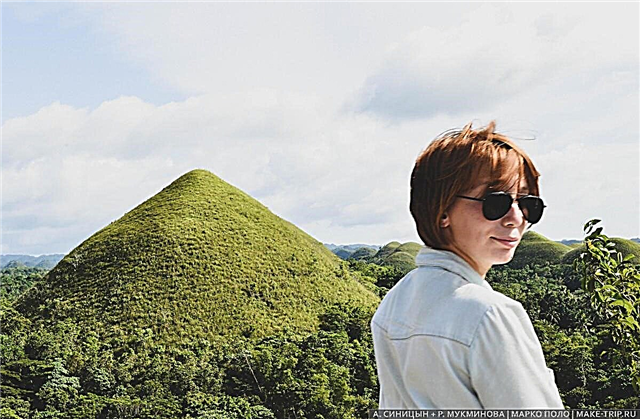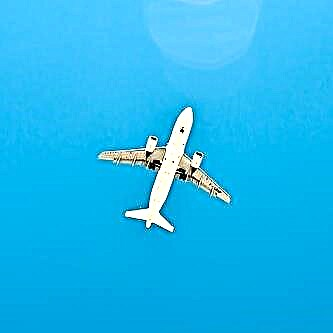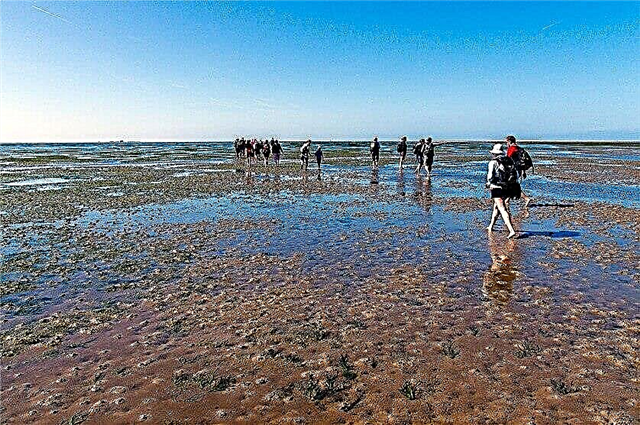In Germany, they have long been concerned about the preservation of local nature and species diversity of flora and fauna. Currently, about a million hectares of German territories are set aside for zones where economic activity is completely prohibited or limited. At the same time, ecological tourism is flourishing. This direction not only allows travelers to relax in the most beautiful places in the country, but also teaches them to respect the world around them.
The Germans began to actively protect natural monuments, rare specimens of plants, as well as populations of animals and birds in the 70s of the last century. In a relatively short period of time, they were able to achieve impressive success and instill in the population a new culture of environmental management. That is why nature reserves and national parks in Germany are so popular.
The most famous nature reserves in Germany
Saxon Switzerland
The status of a national park was obtained in 1990. Occupies an area of more than 9 thousand hectares. The inviolable zones are gradually increasing. Tourist attractions: Königstein fortress; the Bastei bridge, named after the gorge and the rock; Lichtenhain Falls, an artificial formation created by the construction of a dam, is periodically closed. Walking paths - about 400 km, there are many routes for climbers.

Spreewald nature reserve
Founded in 1990, it is located 100 km southeast of Berlin. The territory is indented with many streams and rivers, covered not only with forests, but also with numerous fields for arable land, and also includes the ancient villages of the Wends. Acquaintance with the traditions of this nation is included in sightseeing tours. The main attraction is the island village of Lede. For transport, travelers often choose boats or bicycles.

Berchtesgaden
The only national park in Germany, which is located in the highlands. Occupies about 21 thousand hectares in the Alps. It borders on Austria on both sides. Specially protected species include European roe deer and red deer. Attractions: several lakes, including Funtensee, Mount Watzmann, towering 2.7 thousand meters, the Church of St. Bartholomew, dating back to the XII century.

Bliesgau nature reserve
Location - border area with France. The main plants of the reserve are beeches, fruit trees, orchids (more than half of all species growing in Germany). Tourism is developed in several directions. Pilgrims walk the Way of St. James. Horse lovers can rent a horse or horse riding lessons. Those who wish to delve into history visit the places where traces of the settlements of the Romans and Celts remain.

Schleswig-Holstein Watts
Founded in 1985, the area is 441.5 thousand hectares. In 1990 it was recognized as a biosphere reserve. Refers to the northern part of the country. Most of the reserve is covered with water. Despite the provision on the protected zone, not only tourism is developed, but also some other types of human influence on the environment. Pebbles are mined, fish are caught, cattle are grazed. For the most part, only a section of the coastal zone is reserved.

Lower Saxon watts
Located in the north of the country, has an area of 345 thousand hectares and covers the coast of the North Sea. Natural beauties of the national park: the only “floating swamp” in the region, saline meadows, rock ledges of various shapes. Tourists often visit a seal nursery, an old island lighthouse, an exhibition center, a local history museum and a unique attraction - a “fence” made of whale bones.

Hamburg Wadden Sea
The park is located near the city of Cuxhaven on an area of more than 13 thousand hectares. It was founded in 1990 and expanded 11 years later. The shallow sea, rich in food, attracts migratory birds, as well as those species of birds that need to fatten up their offspring. For this reason, in the national park there are always a lot of gulls, geese, ducks, common eider nesting here and others.

Ryong Game Reserve
Founded in the central part of the country and occupies lands that have been cultivated and used by people for centuries. The Point Alpha memorial, as well as thematic excursions, informs about the former border between the Federal Republic of Germany and the German Democratic Republic. Mount Wasserkuppe and its surroundings are a great place for glider pilots. Orchards and pastures are sources of fresh produce to buy and taste.

Elbe river landscape
Location - northeast of the country. In addition to wild natural beauty, the reserve includes park areas, for example, Dessau-Wörlitz, as well as man-made sights, such as the architectural complex in Dessau. Due to the flooding of the river, flooded meadows appeared, as well as all kinds of floodplain areas with their own characteristics. One of the most popular cycling routes stretches for 860 km.

Yasmund
Foundation year - 1990, area - 3 thousand hectares. The smallest of the German national parks. Named after the island where it is located. Chalk rocks store fossilized fossils that become visible during erosion: broken pieces of rock fall down. Especially large blocks, having collapsed into the sea, turn into natural breakwaters. The Royal Chair is a natural observation deck popular with tourists.

Müritz
An unusual national park, divided into two parts by the city of Neustrelitz. Formed in 1990, the local landscape is considered ancient, so it was decided to preserve it for posterity. The area abounds in small streams, ponds and rivers, and there are about a hundred lakes here. The Müritz freshwater lake is the largest of those wholly owned by Germany. The black crane belongs to rare representatives of the fauna.

Wastelands and lakes of the Upper Lusatia
The reserve was founded in 1998 on an area of 30 thousand hectares. It is part of the natural park of the same name. Its characteristic feature is the abundance of water bodies, including 350 ponds. Some of them are actively used in economic activities, some are prohibited from influencing people. One of the tasks of the reserve is the partial restoration of the forest, cut down to create arable land and meadows for cattle grazing.

Palatinate Forest - Northern Vosges
Reserve in the border area of Germany and France. The largest forest in the country. There are completely coniferous areas, chestnut groves, mixed stripes and woodlands. Tourists are attracted not only by them, vineyards on rocky slopes and almost exotic plantings of kiwi and figs, but also by the historical component. These lands keep in themselves the memory of the events of the past, only about 150 castle ruins have been discovered.

Bavarian forest
Occupies 24 thousand hectares along the border with the Czech Republic. Vast forested areas became a national park in 1970. The composition of the forest is mixed, with a predominance of conifers, its cutting is prohibited. Only walking trails are allowed here. Some species of wild animals are kept in open-air cages for certain periods: either to protect them, or to protect plants that they can harm.

Lower Oder Valley
The national park has existed since 1995 in the Uckermark area on the border with Poland. The area is almost 10.5 thousand hectares. The floodplains have the only polder of this kind in Germany. For cyclists, there is a unique route that includes a section of the dam. There are observation platforms and training trails for climbers. About half of the territory is completely inaccessible for economic activities.

Near Pomeranian lagoons
It is located east of the city of Rostock on an area of 80 thousand hectares. Like many national parks, it was formed in 1990.Its purpose is to observe natural changes in the coastline of the Baltic Sea. The composition of the algae changes due to fertilizers penetrating into the soil. Feature - wind watts that do not obey the ebb and flow. The area is known as a stop for cranes flying south.

Swabian Alb
Location - 40 km from Stuttgart to the south-east. The terrain is heterogeneous - the high-mountain plateau is adjacent to mountain ranges and ledges. The reserve has guides who are ready to accompany guests on horseback riding, hiking and kayaking. In these lands there are many ruins of castles, abandoned settlements, closed monasteries, as well as thermal springs where you can take a bath and relax.
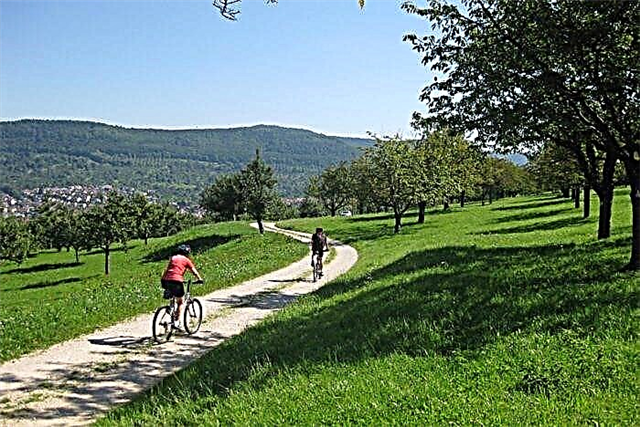
Heinich
Occupies 7.5 thousand hectares of land in Thuringia. The national park appeared on the maps in 1997 with the aim of protecting the beech forest. The species diversity of the fauna is not as wide as that of neighboring reserves and national parks, but the ecosystem is very balanced, which allows you not to worry about the population, both animals and plants. A special trail has been laid for tourists, allowing you to view the territory from different angles and heights.

Eifel
It extends over 10.5 thousand hectares in the lands of North Rhine-Westphalia. It borders on Belgium, and on two sides it rests on cities. The beech forest is the reason for the foundation of the national park in 2004. Previously, it occupied a much larger area, but deforestation and environmental pollution did their job. There are about 900 representatives of the Red Book in these parts, insects occupy an impressive part of this number.

Thuringian forest
Located in the lands of the same name in the center of the country. Depending on the season, the reserve offers different types of tourism and recreation, from hiking to skiing. Climbers choose the highest local tower for climbing practice. There are tours of places associated with eminent writers. Local museums and workshops offer an insight into the history and traditions of the region.

Schorfheide-Korin
Belongs to the eastern lands of the country. This reserve is a place of contact between natural and man-made. Storks nest in the villages, forests are framed by ancient temples, the ruins of the Greiffenberg and Grimnitz castles, the ruins of old buildings of unknown purpose. In addition, there are well-preserved manors and the Korin monastery, a fine example of classic brick Gothic.
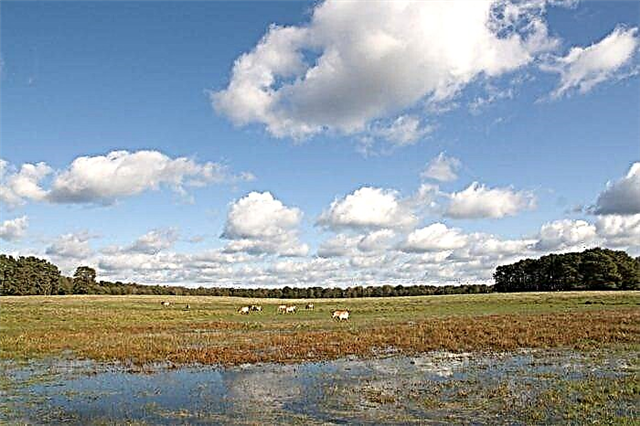
Kellerwald-Edersee
The documents on the formation of the national park were signed in 2004. Occupies an area of 5.4 thousand hectares in the state of Hesse. There is no railway connection with the park. Most of all, in percentage terms, there are beech forests in the vegetation, and they differ in species. Meadows and pastures are abandoned, hiking trails have been laid. Among the animals, the forest cat can be distinguished, which was considered extinct until 2007.

Harz
The national park is located in the states of Lower Saxony and Saxony-Anhalt. It was created in the beginning of 2006 within its present-day borders. 95% of the territory is covered with beech and spruce forest, there are swamps and streams. The area of the park is 24.7 thousand hectares. In the past, there was a border between the GDR and the FRG, there was a restricted area. Therefore, most of the range remained untouched for decades. The park is carrying out activities to restore the lynx population.

Black forest
Year of foundation - 2014, occupied area - about 10 thousand hectares. The protected forests of the national park are about 100 years old. The terraces and small hills offer panoramic views of the Rhine and the surrounding area. The program for visiting the Black Forest is very varied. Depending on the season, there is a choice of leisure activities: horses, skis, boats. In addition to relaxation, you can devote time here to educational programs.

Hunsrück-Hochwald
Located in the west of the country. Opened in 2015, 16 rangers patrol its territory. The purpose of creating a new national park is to give nature a little recovery from the activities of people and to recover in its former splendor. Red beeches got into the sphere of protection; earlier they were being cut down at an alarming rate. A special program has also been developed for wolves who have been fenced off on a separate piece of land.


